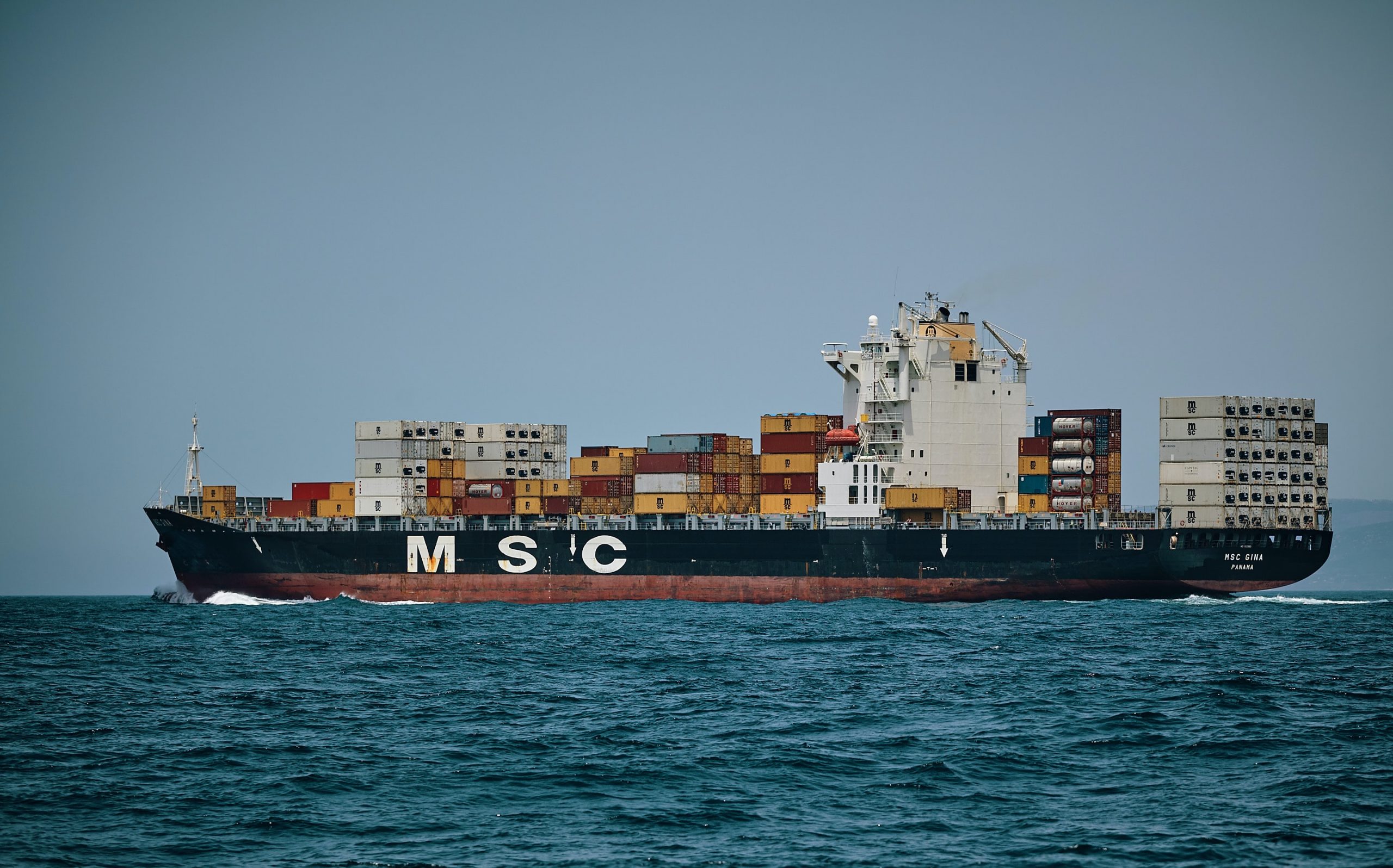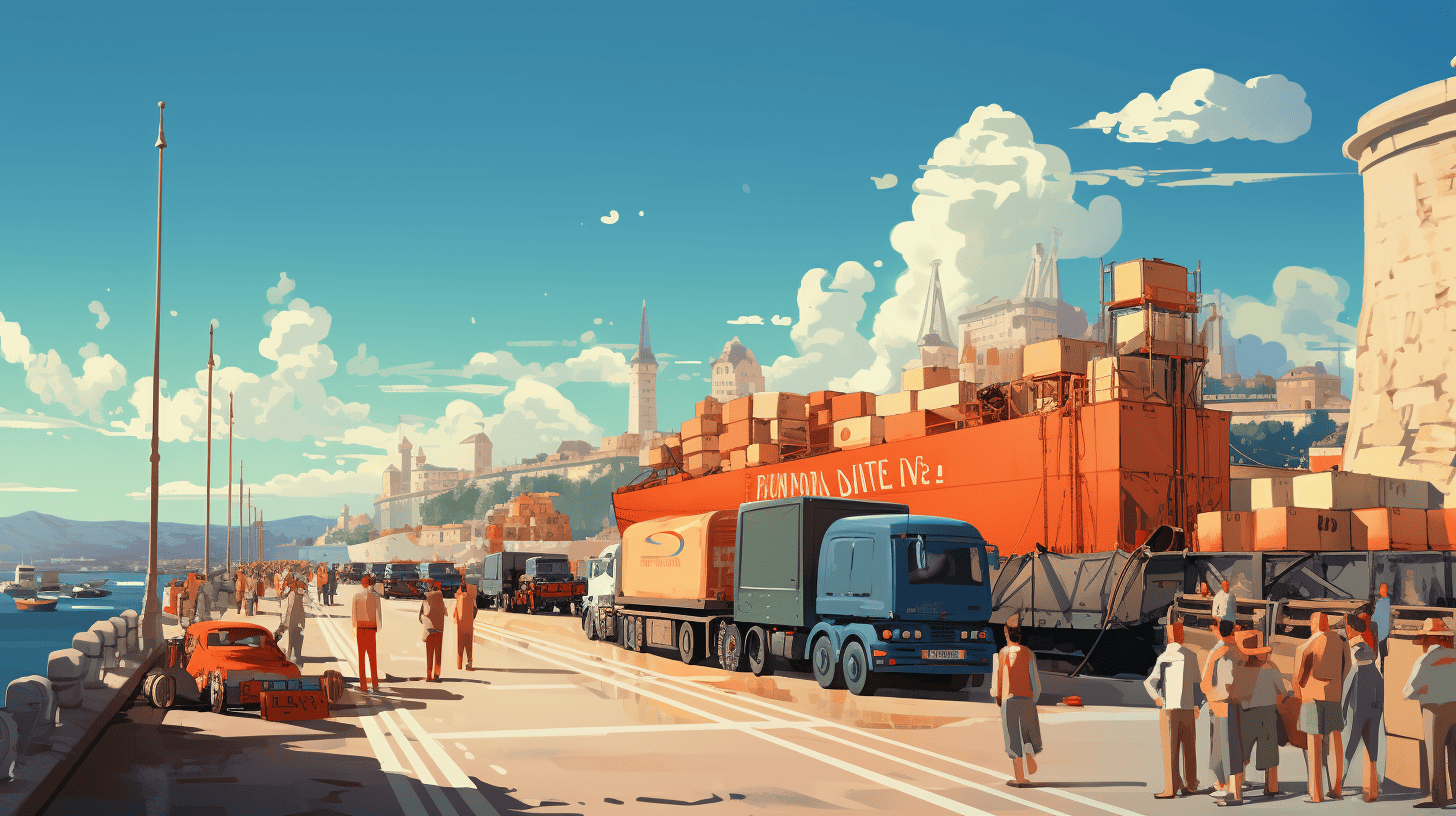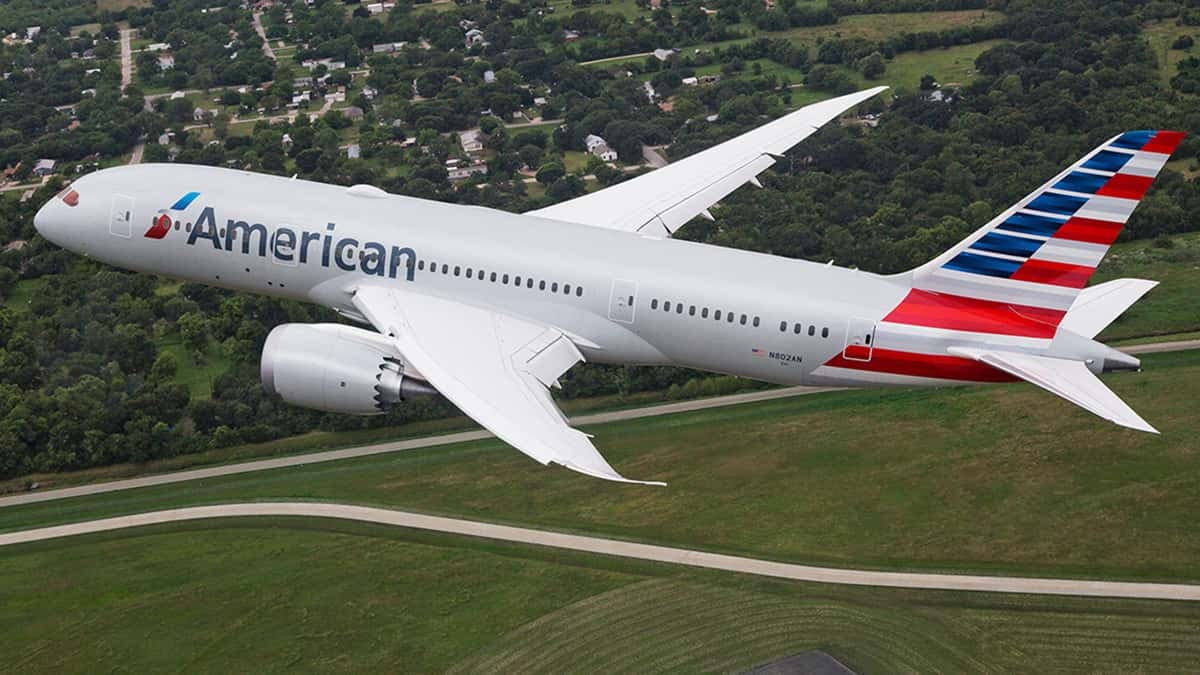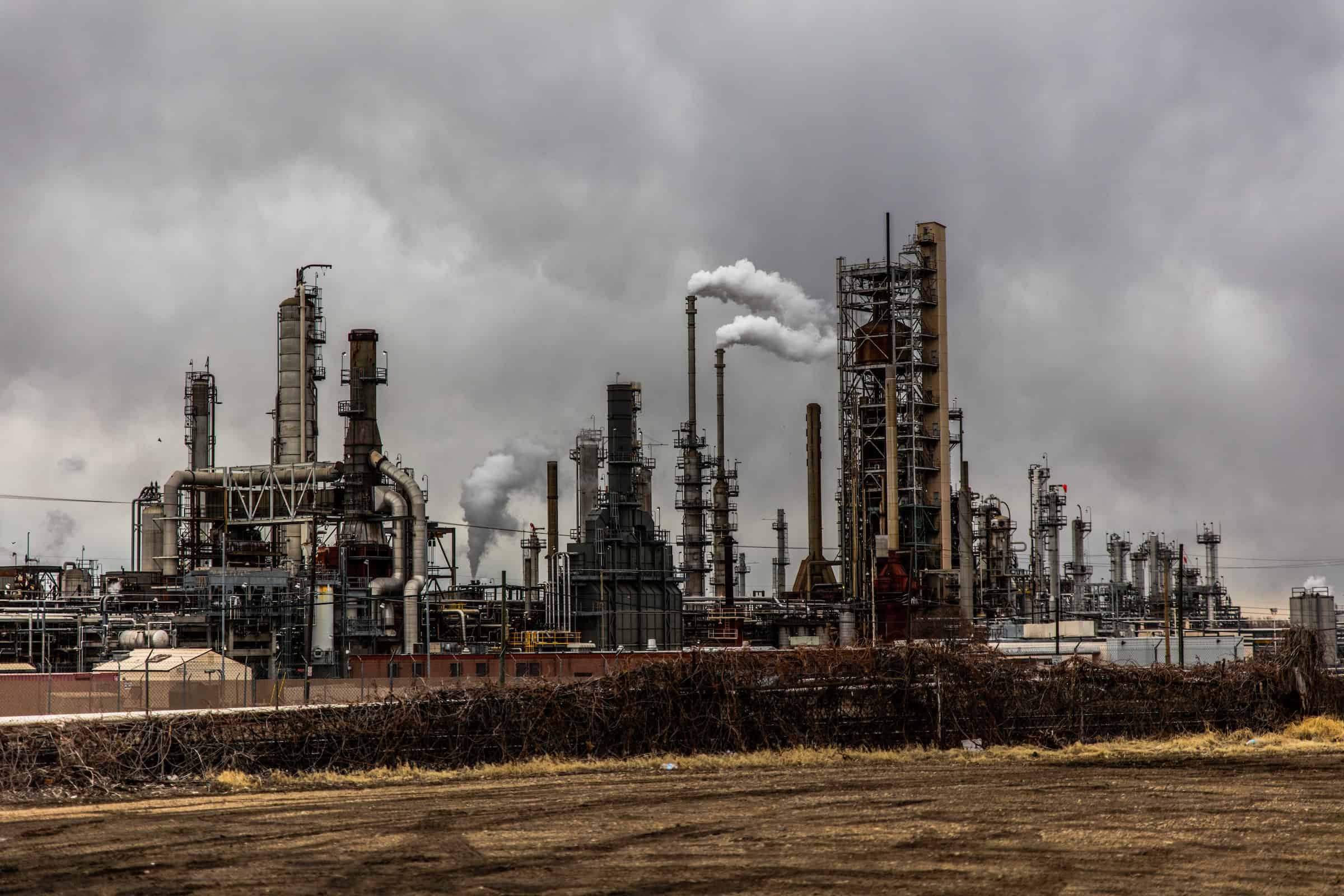
In order to be able to meet the climate targets, the entire transport sector must focus on what are known as e-fuels. This is the only way to achieve the climate targets. That is the opinion of the Dutch TNO research center based on a study it conducted in conjunction with VoltaChem, SmartPort, and a number of other institutes.
E-fuels such as e-methanol, e-diesel, e-ammonia, e-LNG and e-kerosine have hardly any emissions, as is also the case with green hydrogen. They are basically produced with electricity from renewable sources and circular carbon dioxide.
Synthetic methanol, diesel, and LNG (Liquified Natural Gas) are the most suitable options for long-distance road transport and maritime shipping. Synthetic ammonia is also a significant option for deep-sea shipping. In the aviation sector, only e-kerosene is acceptable. Although green hydrogen is necessary for the production of e-fuels, it can only be used to a limited extent in heavy transport.
“The transport sector is responsible for 23% of global CO2 emissions. Almost three-quarters of this comes from road transport. Aviation and shipping account for about 10% of the transport sector’s emissions each. In order to meet the climate goals, these emissions will have to be reduced by 95% by 2050. Shipping, aviation and heavy road transport are currently lagging far behind when it comes to contributing to sustainable mobility. They must therefore become drastically greener and e-fuels offer a way out as long as stakeholders from the entire value chain will take the necessary steps and increase production and investments in the related infrastructure.” So states Richard Smokers from TNO, one of the authors of the white paper.
E-fuels better suited for heavy transport than hydrogen
The research shows that green hydrogen is only suitable for road freight transport for short- and medium-haul distances. E-fuels are better suited for heavy road transport over long distances. They have a high energy density which makes it possible to use smaller, cheaper tanks. In addition, the use of hydrogen is likely to be more expensive than synthetic methanol, diesel, and LNG, owing to high costs for tank infrastructures and vehicles. E-ammoniac is considered too dangerous for road transport at present.
Hydrogen is only practical for maritime shipping for short-haul transport and ferry services. E-ammoniac is mainly of interest for long-haul maritime transport. Synthetic methanol, diesel, and LNG are promising options for both inland and maritime shipping.
As for aviation, e-kerosene appears to be the only feasible option. All fuels that are significantly different from kerosene are eliminated because they require larger fuel tanks on account of their lower energy density. This leads to too great a loss of passenger and freight capacity. On top of that, investments would have to be made into completely new aircraft and engine designs.
‘Global action needed’
The report calls for global initiatives by the transport sector and governments to make this happen. “In the long term, governments should promote the use of synthetic instead of fossil fuels alongside biofuels. This can be done, for example, by taxing CO2 emissions throughout the value chain and through the mandatory blending of renewable fuels,” Richard Smokers states.
Download the whitepaper here: ‘E-fuels: towards a more sustainable future for truck transport, shipping and aviation‘.
The following partners participated in the research: Deltalinqs Climate Program, DMT Environmental Technology, Expertise- and Innovation Centre for Inland Navigation, SmartPort, Enviu, Port of Rotterdam, Royal NLR, Maritime Knowledge Centre, Port of Amsterdam, VIV.
Also of interest:
DENS wants to bring power generators from diesel to hydrozinel
‘ZEROe’: Airbus presents their new zero-emission aircraft concepts








